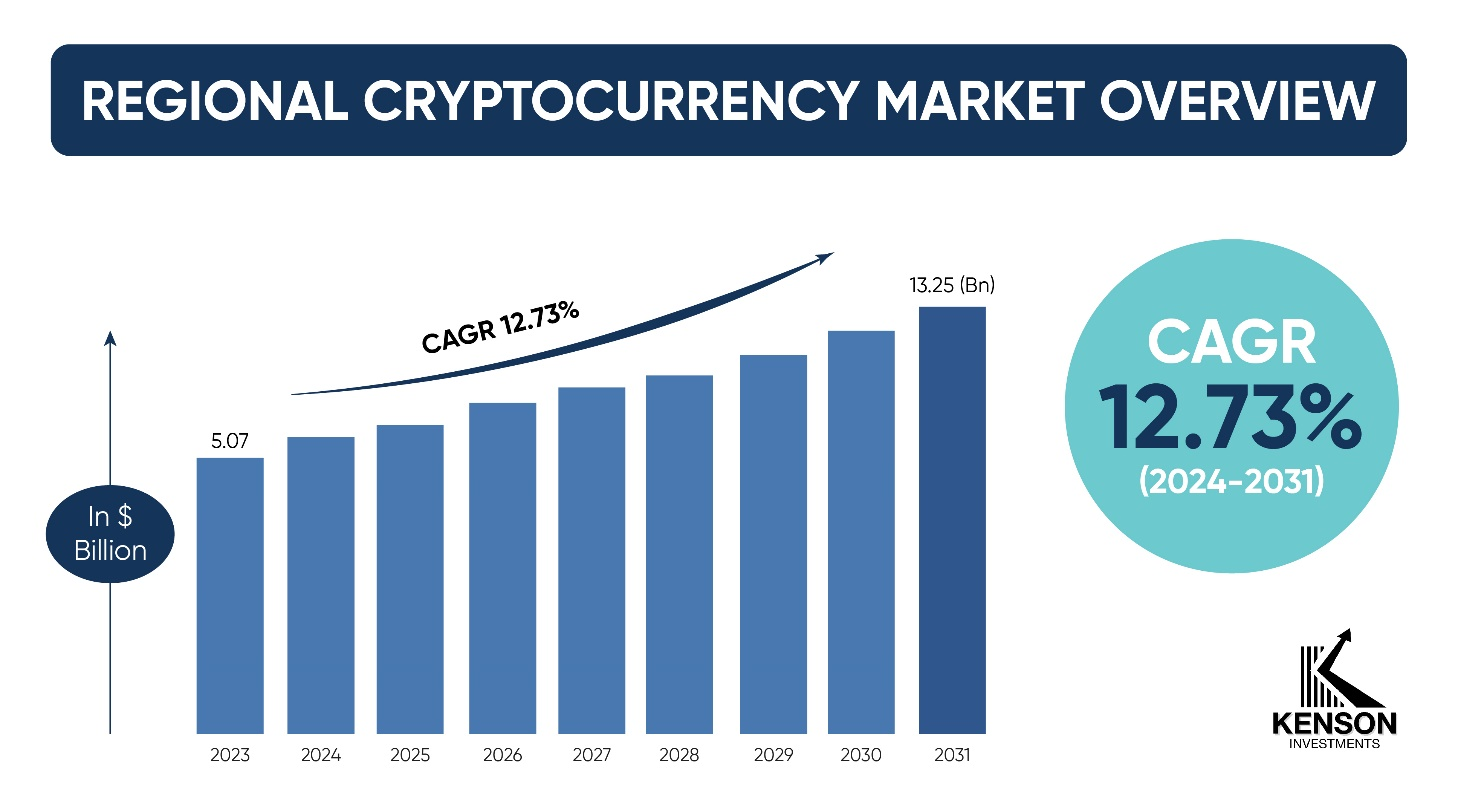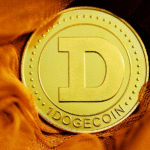
Digital assets, including cryptocurrencies and blockchain-based tokens and NFTs, have surged in popularity over the past decade. Their transformative potential extends beyond financial transactions, influencing various sectors from art to finance.
Adoption of these assets varies significantly across different regions, influenced by factors such as regulatory environments, economic conditions, technological infrastructure, and cultural attitudes.
Understanding regional trends provides valuable insights into how different areas are integrating these technologies into their economies and societies.
Factors Influencing Digital Asset Adoption Region-Wide
- Regulatory Environment
Supportive Regulation in regions like Switzerland and Germany has fostered high levels of adoption by providing a clear and safe environment for innovation. These regions benefit from well-defined regulations that encourage investment and development.
Conversely, restrictive regulation in countries such as China, where cryptocurrency trading and ICOs are banned, has led to slower adoption. The stringent controls limit access and restrict market growth.
Additionally, evolving regulations in the European Union, with initiatives like the MiCA regulation, aim to unify the regulatory landscape, potentially boosting adoption by providing clarity and consistency across member states.
- Economic Conditions
Economic factors play a crucial role in driving digital asset adoption. Inflation and currency devaluation are significant motivators for adopting digital assets in countries like Venezuela and Argentina. High inflation rates prompt individuals to seek stable alternatives to their volatile local currencies, driving up cryptocurrency use.
Financial inclusion is another important factor; in regions with limited banking services, such as parts of Africa, digital assets offer essential financial services to unbanked populations. These economic conditions create a fertile ground for digital asset adoption as people seek alternatives to traditional financial systems.
- Technological Infrastructure
The level of technological infrastructure influences how readily digital assets can be adopted. Regions with advanced infrastructure, such as North America and parts of Europe, support higher adoption rates due to reliable internet, high smartphone penetration, and well-developed financial systems.
In contrast, developing infrastructure in regions like some parts of Africa and Latin America can slow adoption. Limited internet access and lower smartphone penetration restrict the ability to use and engage with digital assets, leading to more gradual adoption.
- Cultural Attitudes
Cultural attitudes towards digital assets can either foster or hinder adoption. Trust in technology is high in regions such as Switzerland and Singapore, where there is a positive attitude towards innovation and technology. This cultural openness supports higher digital asset adoption.
On the other hand, skepticism and resistance in regions with a strong attachment to traditional financial systems or where there is significant mistrust of new technologies can lead to slower adoption. Cultural preferences and historical attachments to conventional finance can impact how quickly digital assets are accepted and integrated.
- Educational and Awareness Levels
Regions with high levels of education and awareness, like North America and Western Europe, experience greater adoption rates. Widespread media coverage and educational initiatives help demystify digital assets and promote understanding.
In contrast, limited awareness in regions with lower education levels about digital assets can lead to hesitancy and slower adoption. Lack of knowledge and understanding can impede engagement with digital asset technologies, affecting overall adoption rates.
- Market Infrastructure and Accessibility
Well-established market infrastructure in regions such as the U.S. and Europe, including robust exchanges and wallet providers, supports higher adoption by making digital assets more accessible and user-friendly.
Conversely, emerging market infrastructure in places like parts of Latin America and Africa can slow adoption. Limited access to trading platforms and financial products restricts widespread use and engagement with digital assets.
Recommended Read: Global Adoption of Digital Assets: An Introduction

Regional Trends in Digital Asset: A Round-Up
United States
The United States stands as a global leader in digital asset adoption, driven by a combination of high consumer interest and significant institutional involvement. As of early 2024, approximately 20% of Americans own or have invested in cryptocurrencies, according to a survey by Pew Research Center. The U.S. is home to major cryptocurrency exchanges like Coinbase and Kraken, which have played a crucial role in mainstreaming digital assets.
Regulatory clarity remains a pivotal issue. The Securities and Exchange Commission (SEC) and the Commodity Futures Trading Commission (CFTC) oversee digital asset regulations, with recent developments focusing on ensuring investor protection and market integrity. The SEC’s scrutiny of Initial Coin Offerings (ICOs) and decentralized finance (DeFi) platforms underscores its commitment to regulating the space.
Institutional investment has also surged, with firms like MicroStrategy and Tesla making significant Bitcoin purchases. This institutional interest has contributed to Bitcoin’s price volatility but also to its recognition as a legitimate asset class. Additionally, the integration of digital assets with traditional financial systems is increasing, as evidenced by the introduction of Bitcoin ETFs and crypto-backed loans.
Canada
Canada exhibits a robust digital asset ecosystem, with approximately 16% of Canadians having invested in cryptocurrencies. The country’s regulatory framework is relatively progressive, with the Canadian Securities Administrators (CSA) providing guidelines for cryptocurrency exchanges and ICOs. Canada has also pioneered Bitcoin ETFs, offering investors a regulated avenue to gain exposure to digital assets.
The Canadian government has demonstrated a supportive stance toward digital assets, promoting innovation while ensuring regulatory compliance. The rise of fintech companies and blockchain startups in cities like Toronto and Vancouver highlights Canada’s growing digital asset sector. Trends include an increasing focus on regulatory clarity and the exploration of blockchain applications beyond finance.
Western Europe
Western Europe showcases diverse digital asset adoption trends, with countries like Germany and Switzerland leading the way. In Germany, around 25% of the population has engaged with cryptocurrencies, reflecting a high level of acceptance. The German Federal Financial Supervisory Authority (BaFin) regulates digital assets, providing a framework that supports innovation while protecting investors.
Switzerland, known for its crypto-friendly regulatory environment, has become a hub for digital asset activity. The Swiss Financial Market Supervisory Authority (FINMA) oversees crypto regulations, fostering a conducive environment for innovation. Switzerland’s Zug region, often referred to as “Crypto Valley,” hosts numerous blockchain startups and ICOs.
The European Union is also advancing regulatory efforts with the Markets in Crypto-Assets (MiCA) framework, aimed at providing a comprehensive regulatory approach to digital assets. This regulation seeks to harmonize rules across member states, facilitating cross-border operations and enhancing investor protection.
Eastern Europe
Eastern Europe demonstrates a higher adoption rate of digital assets, particularly in countries like Ukraine and Russia. The Ukrainian government has shown a growing interest in blockchain technology, with initiatives aimed at leveraging it for government transparency and financial inclusion.
In Russia, despite regulatory uncertainty, digital asset adoption remains significant. The Russian government’s stance on cryptocurrencies has been ambivalent, with periodic crackdowns and regulatory updates. Nevertheless, the use of digital assets for remittances and as a hedge against economic instability persists.
China
China represents a unique case in digital asset adoption. Despite the government’s stringent regulations and periodic crackdowns on cryptocurrency trading and mining, digital asset use remains substantial.
The Chinese government’s focus on developing a Central Bank Digital Currency (CBDC), known as the Digital Currency Electronic Payment (DCEP), highlights its commitment to digital innovation while controlling financial systems.
China’s regulatory environment has significantly impacted the global cryptocurrency market, influencing mining operations and trading volumes. The introduction of the DCEP aims to enhance financial inclusion and improve the efficiency of the payment system.
Japan
Japan is a pioneer in digital asset adoption, with around 10% of the population engaged in cryptocurrency investments. The Financial Services Agency (FSA) regulates the industry, providing a clear framework that supports innovation while ensuring consumer protection. Japan’s regulatory approach includes licensing cryptocurrency exchanges and enforcing anti-money laundering (AML) standards.
Japanese companies have embraced blockchain technology, with applications ranging from supply chain management to digital identity verification. Trends in Japan include a focus on regulatory clarity and the integration of blockchain solutions in various sectors.
Southeast Asia
Southeast Asia exhibits diverse digital asset adoption trends, with countries like Thailand, Singapore, and Malaysia showing significant engagement. In Thailand, the Securities and Exchange Commission (SEC) regulates digital assets, fostering a supportive environment for innovation. Singapore is a leading hub for blockchain and cryptocurrency activity, with the Monetary Authority of Singapore (MAS) providing a comprehensive regulatory framework.
Malaysia has also made strides in digital asset adoption, with the Securities Commission Malaysia regulating initial coin offerings (ICOs) and cryptocurrency exchanges. Trends in Southeast Asia include a focus on regulatory clarity and the exploration of blockchain applications in various sectors.

Latin America
Latin America is witnessing a surge in digital asset adoption due to economic instability, inflation, and a growing interest in alternative financial solutions. Countries like Venezuela and Argentina have seen increased adoption of cryptocurrencies as a hedge against hyperinflation and economic instability. Bitcoin and stablecoins are commonly used for transactions and savings.
While some countries are supportive of digital assets, others are still in the process of developing regulatory frameworks. Brazil, for example, is making strides towards establishing clear regulations for crypto trading and taxation.
Middle East and Africa
The Middle East and Africa (MEA) region is emerging as a key player in the digital asset space, with a focus on innovation and regulatory development.
Countries like the United Arab Emirates (UAE), Bahrain, and South Africa are establishing themselves as crypto-friendly jurisdictions with clear regulations and regulatory sandboxes. The UAE’s Financial Services Regulatory Authority (FSRA) has established a comprehensive regulatory framework for digital assets, enhancing the region’s attractiveness for crypto investment. These developments are attracting investment and fostering growth in the digital asset sector.
The MEA region is seeing increased interest in blockchain applications beyond cryptocurrencies, including supply chain management and digital identity solutions. Digital assets are viewed as a tool for financial inclusion in regions with limited access to traditional banking services.
Stay Updated with the Latest Regional Trends in Digital Assets
Get the latest updates, insights, and trends on digital asset portfolio management, cryptocurrency investment solutions, stablecoins for investment, and altcoin investment. Our specialists are here to provide the knowledge you need to stay informed and confident. Join us now and stay knowledgeable.
Disclaimer: “The cryptocurrency and digital asset space is an emerging asset class that has not yet been regulated by the SEC and US Federal Government. None of the information provided by Kenson LLC should be considered financial investment advice. Please consult your Registered Financial Advisor for guidance. Kenson LLC does not offer any products regulated by the SEC including, equities, registered securities, ETFs, stocks, bonds, or equivalents”














